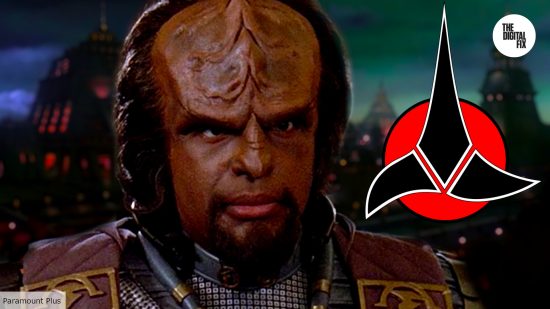Star Trek’s Klingons are undoubtedly among the most iconic species in the franchise. They’re also the ones that have undergone the most extensive change, making them much more enigmatic (and, honestly, fascinating) than Vulcans, or Romulans.
Present since the very first Star Trek series in the days of Captain Kirk and his buddy Spock, they started out as an analogy for Soviet Russia and served as Starfleet’s greatest enemies. But the subsequent Star Trek movies changed everything, as did the successor series, The Next Generation, which introduced us to a Klingon member of Starfleet (and one of the best Star Trek characters ever): Worf. There’s so much more to learn than that about Klingons, though, so let’s get straight into it.
The origins of the Klingons explained
Klingons are a technologically advanced warrior species that come from the planet Qo’noS in the Beta Quadrant.
Best known for their fierceness and respect for honor, the Klingon Empire is one of the most formidable and powerful forces in the galaxy and carries a brutal reputation. This tendency toward aggression and violence is baked into Klingon society and can be found within their history and mythos.

The Klingon creation myth explains that Kortar and his partner were the first Klingons, and they set themselves free by killing the deities who made them. More than Kortar, though, Klingons hold a particular reverence for Kahless: the founder of the Klingon Empire. A millennium and a half prior to the 24th century, he united the Klingon people into its empire with his heroism, and it’s the goal of most Klingons to emulate his bravery, courage, and ethos.
The Klingons’ conqueror mindset and cultural differences with The Federation, which prized peace, tolerance, and diplomacy (dirty words in the Klingon language), led to long-lasting tension between the two factions, even spilling out into war. Thanks to the efforts of Chancellor Gorkon and Kirk – two of Star Trek’s greatest heroes – an uneasy truce was settled with the signing of the Khitomer Accords. For the most part, the two have been steadfast allies since, albeit with some bumps in the road.
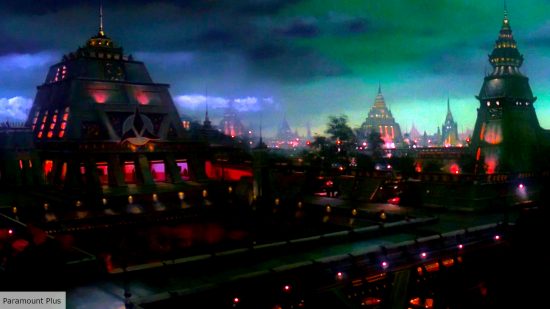
Every version of Star Trek’s Klingons explained
The Klingons we first saw in the Star Trek canon were in the TOS episode ‘Errand of Mercy,’ and it’s safe to say they were very different from the Klingons we’ve come to know in the years since.
The Klingons received a substantial redesign in The Motion Picture, and from then onwards have changed every few decades as the Star Trek timeline has progressed. Even Worf himself has been redesigned as the seasons of TNG, DS9, and (most recently) Picard have come and gone. There’s no genuinely satisfying explanation for this in the lore (Enterprise’s episodes ‘Affliction’ and ‘Divergence’ tried to justify it to no avail), leading to an explosion of fan theories on the topic.
The unexciting truth of the matter is this: the original Klingons were designed on an extremely tight budget, and as that budget grew, the team behind Star Trek was able to make the Klingons more distinctive through facial make-up, and so took the opportunity to change their appearance. Having said that, if you have a headcanon that explains it all, stick with it. That’s much better than the boring, real-life reason.
Still, all the changes to the Klingons really do merit a timeline of the changes, so that’s exactly what we’ve created, starting in 1967.
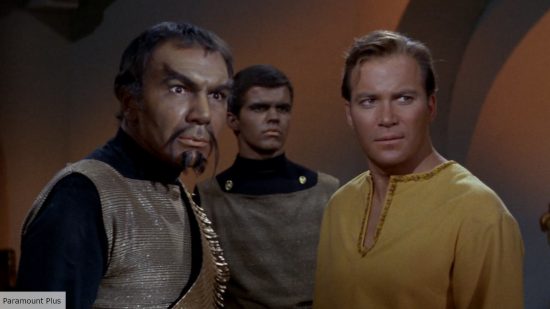
TOS Klingons
The TOS-era Klingons are where it all started, and honestly? These are almost entirely different from the species we’ve come to know and love since.
Obviously, they lack the forehead ridges, but they’re also cunning and cruel with a general vibe that’s much more similar to Romulans than any Klingon we’d later see.
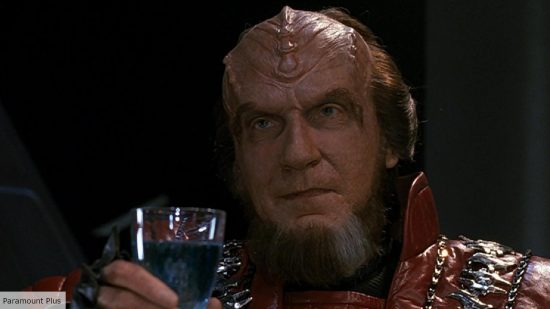
TOS movie Klingons
At the beginning of Star Trek: The Motion Picture, we see a Klingon ship get absolutely obliterated by V’Ger, and even more excitingly, we also get to see the Klingon redesign.
Here, the Klingons look like proper aliens to match their warrior spirit and harsh language. Even the TOS movies couldn’t be consistent, though, and the likes of Kruge, Gorkon, and Chang all look like they could be from a different species. To the honest, though, that’s pretty cool. Humans all look different, too!
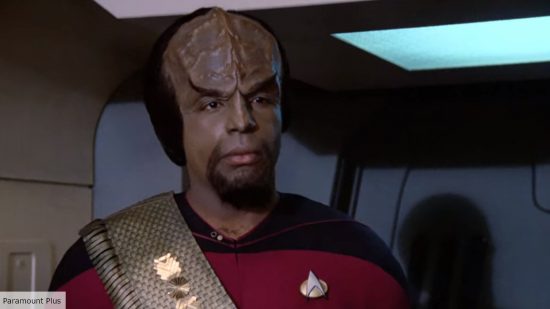
TNG era Klingons
Worf is, of course, the prototypical Klingon, at least in terms of his appearance. He marked the introduction of the Klingons in TNG and more were seen in the episode ‘Heart of Glory’ (it’s bad, like most season 1 episodes), long before the show became one of the best TV series ever.
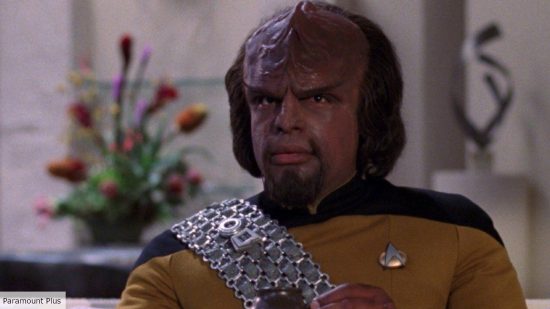
Starting with season 3, Worf got redesigned again (apparently, his facial prosthetics had been lost between seasons), and it’s here that he really cemented what a Klingon looked like. It still stands as the perfect Klingon design to our eyes, paired with the perfect Star Trek series.
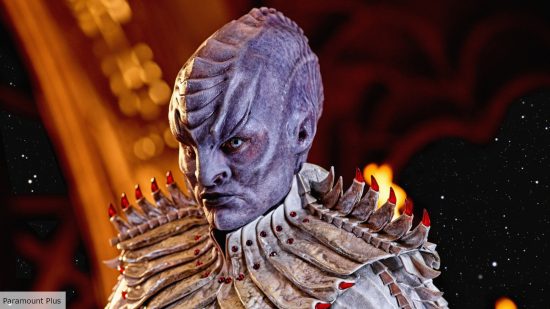
Discovery Klingons
Yuck. Gross. Awful. Bad. Four words that describe that feeling when you’ve eaten too much and then think about eating again. And they can also be applied to how we feel about the controversial Discovery redesign.
The team behind the show really wanted to make the Klingons look more alien and less like angry humans. They succeeded, but the result is almost unrecognizable as the species. Why are their heads so bulbous? What’s happened to their noses? We’re all for progress, but this isn’t progress.
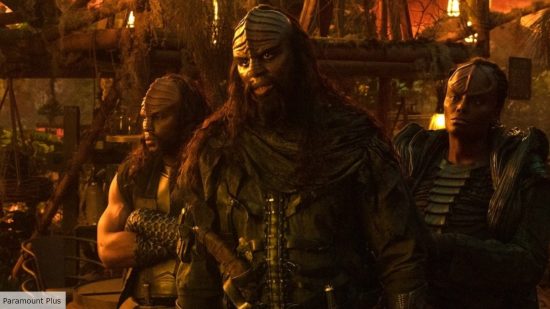
Strange New Worlds Klingons
“You couldn’t live with your own failure. Where did that bring you? Back to me,” said the TNG-era Klingons.
In a fascinating admission of the fact that the Discovery design just wasn’t working, its sequel series, Strange New Worlds, changed things up yet again to make its Klingons much more as we expect them to be. And they look great! A genuinely brilliant design: modern but instantly recognizable. These Klingons give us a warm fuzzy feeling.
So, that’s the origins of the Klingons and the timeline of their design across the decades. To learn more about the species of Star Trek, check out our guides to the Borg and the Vulcans. Or, see our picks for the best Star Trek captains, and our guide to the best way to watch the Star Trek movies in order. For something new, see what’s going on with the MCU’s new movie The Marvels, or see what’s new on Paramount Plus this month.
